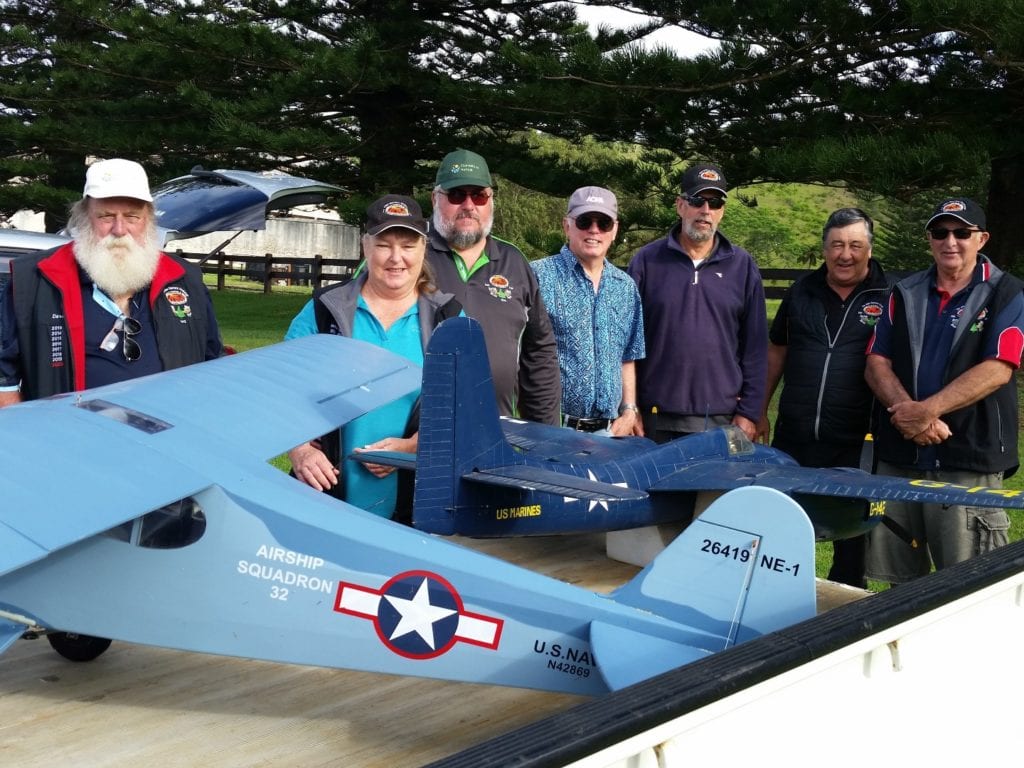Irish Aircraft Leasing Companies - We need this to enable us to match you with other users from the same organisation. It is also part of the information that we share to our content providers ("Contributors") who contribute Content for free for your use.
A second source of reform impacting aviation structures is the OECD's Base Erosion and Profit Shifting initiative ("BEPS"). One of the main ambitions of BEPS is to align profits with economic activity. It has led to investors taking steps to increase and centralise their economic activity, employment and resources in the jurisdictions they operate from. In the aviation finance sector, Ireland's established reputation as the global hub for aircraft leasing has meant that such increased resource and "substance" can be facilitated. BEPS is a global initiative that has been signed up to by over 130 countries, and Ireland's historic focus on management and control of entities in Ireland puts it at a distinct advantage when compared to other jurisdictions that have traditionally been involved in the financing of aircraft.
Irish Aircraft Leasing Companies

It is a common misconception among parties to commercial agreements that Irish law imputes a mutual duty of good faith or fair dealing between them, whether or not this is expressly stated. However, whilst under Irish law there are certain types of agreement to which a duty of good faith applies, including partnership agreements and insurance contracts, Irish courts have held that there is no general principle of good faith and fair dealing in Irish contract law.
On the borrower side, off-balance sheet financings result in the debts not being included in the borrower group's financial statements, which is viewed as beneficial where there is significant exposure under the financing, and limited recourse transactions have the additional benefit of preventing creditors from enforcing the borrower's obligation beyond accessing revenue streams related to the aircraft being financed, enforcing security following a default and in some other limited exceptions, such as fraud. Where debt is full recourse whether to the borrower itself or another entity of substance offering credit support, whilst the borrower loses the protection of no winding-up or enforcement claims (beyond those limited exceptions listed above), they would expect to benefit from preferential financial terms.
The benefit of using an SPV in a financing structure is that the transaction can be structured in a bankruptcy-remote manner by limiting the activities of the SPV to the holding of title to specific aircraft being financed and the leasing of those aircraft. The SPV will grant security over the aircraft and any key contracts, and the shares in the SPV itself will ordinarily be charged in favour of the creditors.

Under Irish law, there are no specific tax arrangements that allow for tax-structured leasing arrangements, such as JOLCOs in Japan or leverage leases in France; however, both operating and financing leases are routinely entered into by Irish companies. The fundamental difference between an operating lease and a finance lease is that with an operating lease, no title passes at the end of the lease term, whereas with a finance lease, there is provision for title to the aircraft to pass to the lessee at the end of the lease term. For Irish tax purposes, the distinction between the two types of lease turns on who actually bears the risk on the aircraft in the event of a loss of value or destruction.
The three-time Pulitzer Prize winner also noted the work of 19-year-old Irish-American college student Jack Sweeney, who previously rose to fame after he set up a Twitter bot account using publicly available air-traffic information to track Elon Musk's private jet and post regular updates of his location.
The Irish government is currently reviewing tax legislation in relation to the deductibility of financing costs above a certain threshold. Whilst this proposed legislative change is not specific to aviation, it will inevitably impact a number of aviation structures that are traditionally highly leveraged. This reform arises pursuant to the EU Anti-Tax Avoidance Directive, which requires EU Member States to introduce rules that limit the deductibility of interest. It applies where interest expenses exceed interest income or interest-equivalent income. Where that is the case, a deduction can only be taken for interest up to 30% of EBITDA. In aircraft leasing structures, the current view is that payments received under a finance lease should be treated as interest-equivalent income, which would mean that an interest expense equivalent to the finance lease payments would continue to be available for deduction. The concern is that lease income, other than finance lease income, will not represent interest-equivalent income.
Ireland is a common law jurisdiction, like the United Kingdom, and thus is a familiar legal regime internationally and within the aviation industry as many transaction documents are governed by English or New York law. Irish leasing companies frequently enter into transactions governed under the laws of these jurisdictions’ and these are likely to be accepted and recognised within Ireland and by the Irish courts under the relevant regulations, for example enforcement of judgments between the EU member states is regulated by the Brussels I Regulation.

There is no stamp duty payable on instruments for the sale or transfer of aircraft or any interest therein; in addition no stamp duty is payable in respect of a lease of an aircraft or any moveable property. Security documentation which may be entered into in connection with a lease transaction is not subject to Irish stamp duty, regardless of the location of the aircraft.
Customs duties are not relevant with regard to an aircraft lessor unless the aircraft, spare parts or engines are physically brought into the Irish jurisdiction. In circumstances where this does occur, an exemption is generally available on the basis of an “end user authorisation”.
Ireland is a founding signatory of the Cape Town Convention and the headquarters of the International Registry of Mobile Assets (the “International Registry”) is based in Dublin,Ireland. The Cape Town Convention is regarded as a significant development in international asset- based finance and is designed to overcome the problem of obtaining secure and readily enforceable rights in aircraft and other movable equipment. The International Registry provides a priority system of registration to users registering a variety of interests. A user can obtain priority search certificates for any aircraft object and check which states are contracting states for the purpose of the Cape Town Convention. These certificates are now commonplace and are sought in connection with most aircraft transactions.
Since the birth of Guinness Peat Aviation (“GPA”) out of Shannon in 1975, Irish leasing expertise has developed enormously and Ireland now boasts a portfolio of the world’s biggest aircraft financiers, lessors and operators. The industry has grown to the extent that 9 of the world’s 10 largest aircraft leasing companies are located in Ireland, with over 30 similar companies in operation throughout the country; Dublin in particular is widely recognised as a world leader in the aviation finance industry, industry leaders located here include GECAS, SMBC, Aer Cap, ILFC, AWAS, Avolon, ICBC, CIT, Orix and Lease Corporation International.

There are a number of options for financing both new and used aircraft in Ireland (many of which use SPVs) with the financing being structured as either on- or off-balance sheet and limited or full recourse. Both on- and off-balance sheet transactions can be full and limited recourse, although an off-balance sheet financing will be far more likely to be limited recourse to the aircraft and the related income and any security package. An on-balance sheet deal is a transaction where title to the aircraft being financed is held by an entity in a group structure and the income and liabilities associated with the aircraft are included in that group's financial statements, whereas off-balance sheet financings sit outside a standard group structure with the aircraft held in a ring-fenced structure, which is created via a trust arrangement.
2.3 Is the provision of a current tax-residency certificate by a payee sufficient for a lessee or a borrower potentially subject to withholding taxes in your jurisdiction on rental or interest payments to avail itself of treaty access and the mitigation of tax liability?
Irish withholding tax at a rate of 20% is required to be withheld from payments of Irish source "yearly" interest to nonresidents. However, there are a large number of exemptions available, including for interest paid to a company that is resident in an EU Member State or a country with which Ireland has signed a double-tax treaty.
The final form and impact of the new interest limitation rules will not be determined until such time as draft legislation has been made available. As regards the current expected timing of introduction of the interest limitation rules in Ireland, the Irish Department of Finance has recently indicated that it intends for the relevant legislation to be introduced in Finance Bill 2021, with the implementing provisions taking effect from 1 January 2022.

Aeroflot, Russia's state airline, has already announced that it will be suspending all international flights due to "additional circumstances that prevent the performance of flights" and Friedman believes that domestic flights are almost certain to be suspended in the near future.
However, the necessity to provide a tax-residency certificate to Irish Revenue rarely arises in practice. Ireland does not typically impose withholding tax on lease payments. Secondly, as outlined above, Ireland offers a range of domestic exemptions with respect to outgoing interest payments by Irish borrowers. These do not require the provision of tax-residency certificates.
For lenders, if the transaction is structured as on-balance sheet, where security is properly granted, Irish insolvency would recognise the preferential interests of secured creditors over other third-party creditors of the group, but exercising the security may take longer in an insolvency situation due to the need to engage in the examinership or winding-up process. However, on the positive side, the enhanced credit would usually allow creditors to be made whole by another member of the group.
New York Times Pulitzer Prize-winning columnist Thomas L. Friedman noted that EU sanctions require these leasing companies to repossess any aircraft leased to Russia by the end of March, potentially grinding Russian aviation to a halt.

Under Irish law, to have a binding contract there are three essential requirements: agreement between the parties; consideration; and intention to create legal relations. As such, if parties wish to set out heads of terms or similar in a non-binding letter of intent or term sheet, it is absolutely key to state in clean and unambiguous language that the parties are not concluding a contract or creating a legal relation by virtue of the document. Often this is achieved by stating that the terms of the document are conditional upon certain further actions being taken, whether board approvals, aircraft inspections, payments or similar. If the document is unclear and the terms are sufficiently clear, the Irish court may hold the document to be binding, especially where executed by the parties thereto.
Financing structures involving Irish entities often employ the use of a special-purpose vehicle ("SPV"), which is a company established specifically to hold title to the aircraft subject to the financing and to lease those aircraft to the operators. Ireland is a popular jurisdiction for the establishment of SPVs due to the numerous double-tax treaties in place between Ireland and other countries, many of which specifically refer to aviation in their text. Ireland is also attractive due to the confidence in the legal and court system (which is broadly based on English common law) and the number of aviation experts and leasing companies based in Ireland.
aircraft leasing dublin, avolon aerospace leasing limited, aercap ireland, avolon, aircraft leasing companies dublin, avolon aircraft, aircraft leasing ireland, who owns aercap








.JPG)
